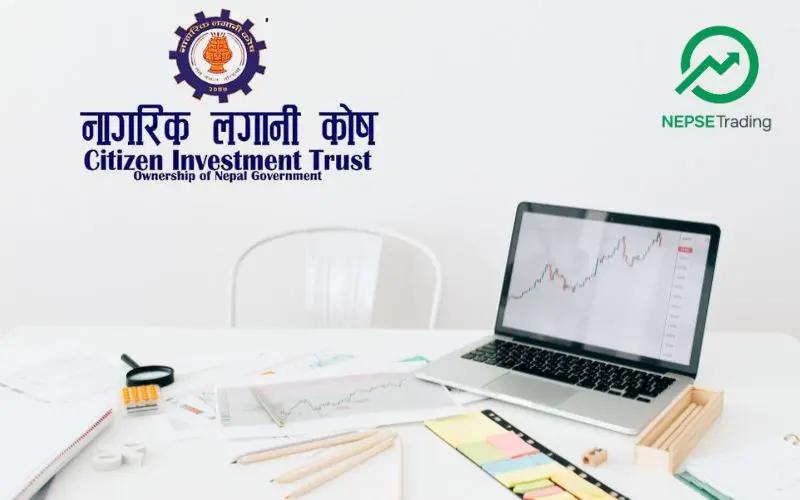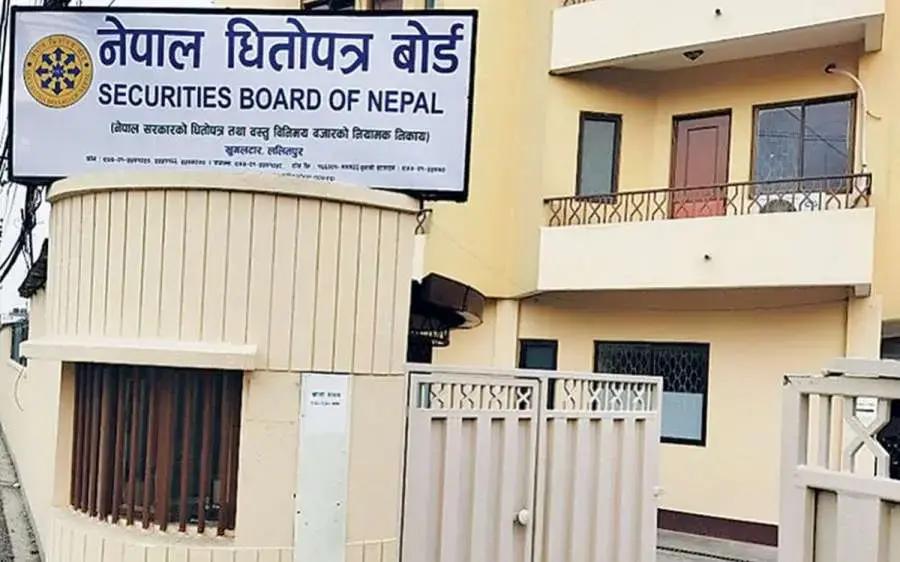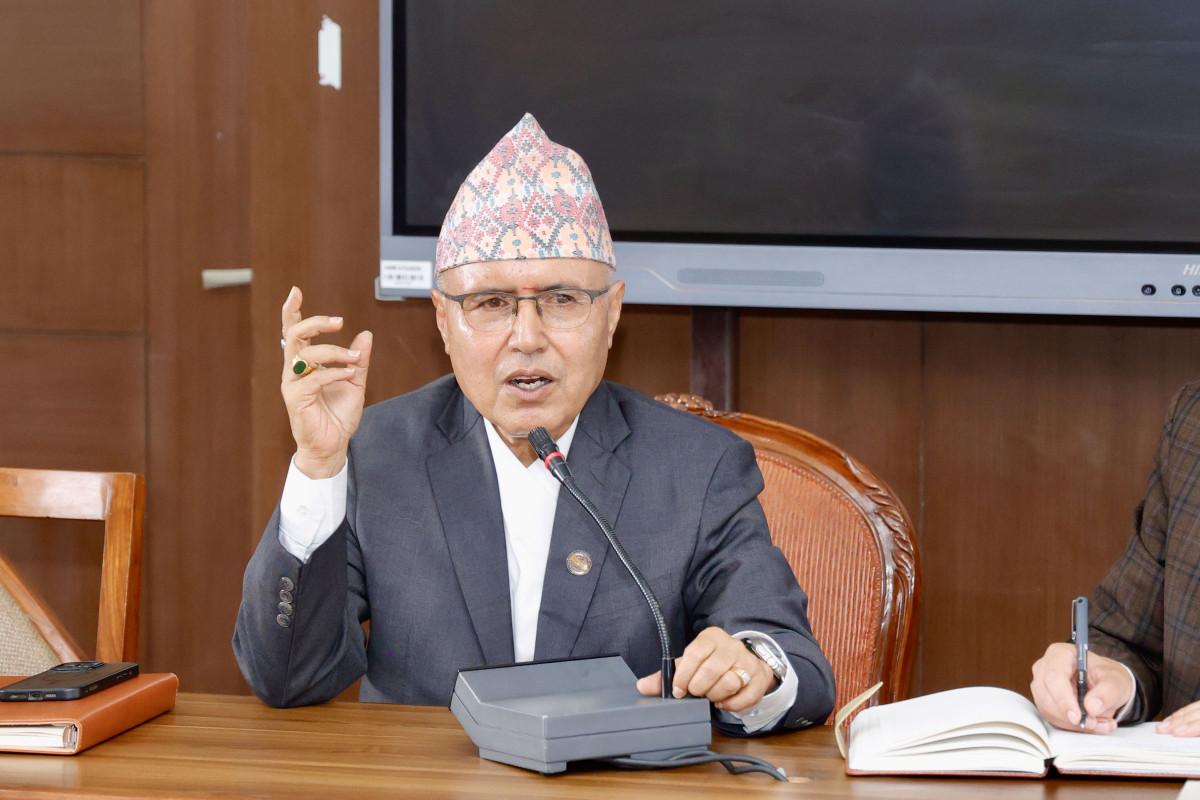By Sandeep Chaudhary
Why Food Prices Are Declining in Nepal: Data from Mid-August 2082

The latest inflation data reveals that food prices in Nepal have entered deflationary territory, with the food CPI recording -2.28% in mid-August 2082/83. This marks a continuation of the trend from FY 2024/25, when food inflation had already fallen to -1.19%, highlighting a persistent decline in food prices. While this may appear to be good news for consumers, the underlying causes reflect deeper structural and cyclical dynamics in Nepal’s economy.
One major factor is improved supply conditions. A favorable agricultural season, alongside increased imports of cereals, vegetables, and processed food items, has helped keep domestic food markets well-stocked. Strong foreign exchange reserves (USD 20 billion by mid-August 2082/83) have enabled stable imports, preventing food shortages and controlling price pressures. At the same time, the strengthening of the Nepali rupee against regional currencies has helped reduce import costs for key staples.
Another driver is weak domestic demand. Household consumption growth has been subdued, with wages and salaries increasing at just 2.63% in FY 2024/25, limiting purchasing power. Many households are prioritizing non-food spending such as education, healthcare, and housing, where inflation is still persistent, leaving less pressure on food demand. The combination of slowing demand and ample supply has created conditions for food price declines.
Seasonal and global trends also play a role. Global food commodity prices stabilized in 2024/25, particularly oil, wheat, and rice, which reduced imported inflation. Domestically, bumper harvests in certain crops led to temporary oversupply in local markets, pushing prices downward. However, this oversupply often hurts farmers, who face reduced incomes even as consumers enjoy cheaper food.
While food price deflation offers short-term relief to urban consumers, it poses risks for Nepal’s rural economy. Agriculture remains the livelihood for more than half the population, and falling farmgate prices discourage production, lower incomes, and risk deepening rural poverty. If prolonged, declining food prices could also suppress overall inflation (CPI stood at just 1.68% in mid-August 2082/83), signaling weak aggregate demand that may slow broader economic growth.









